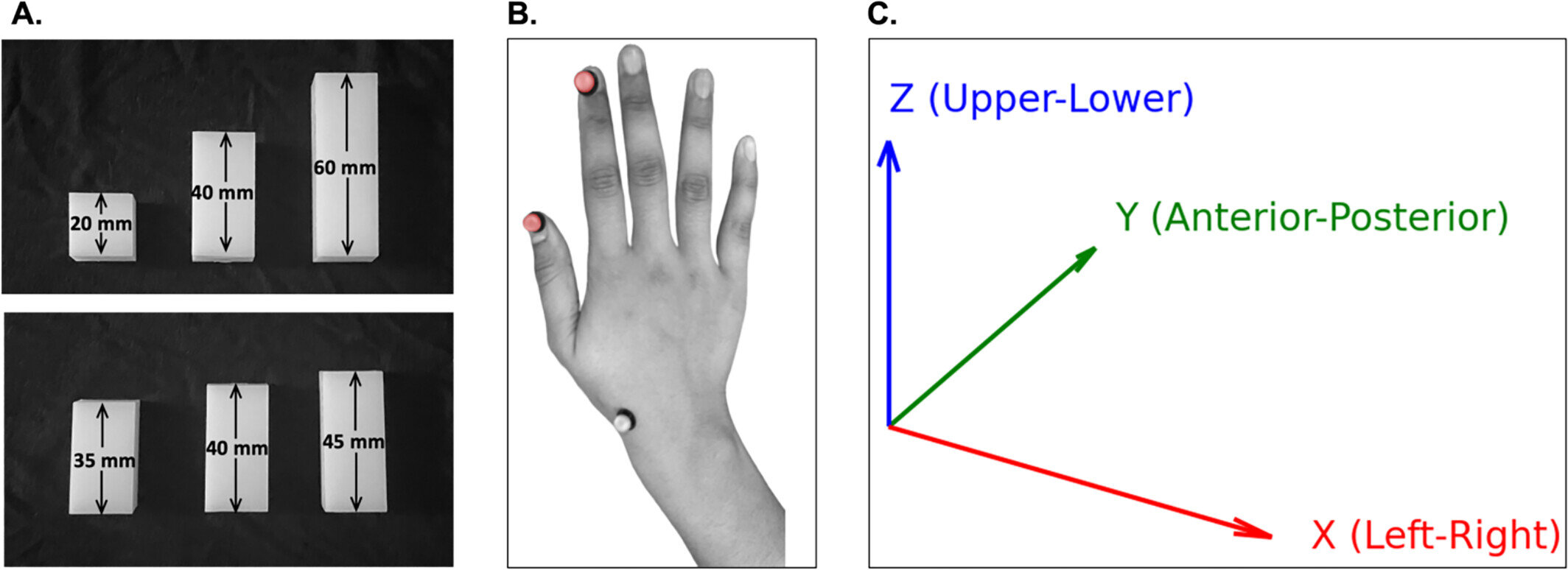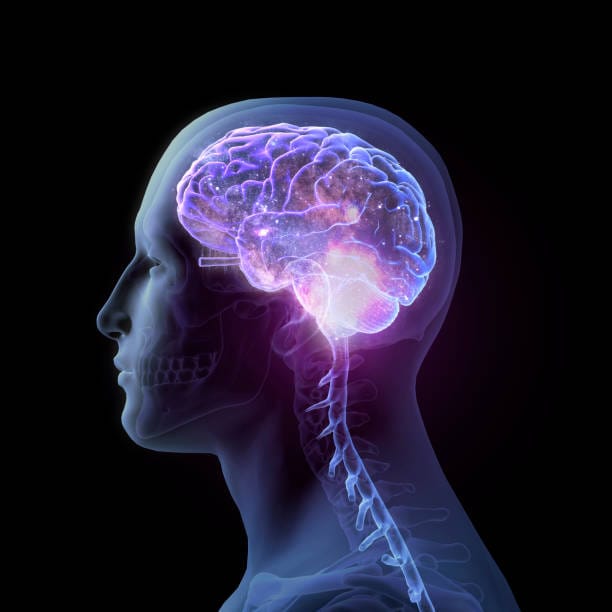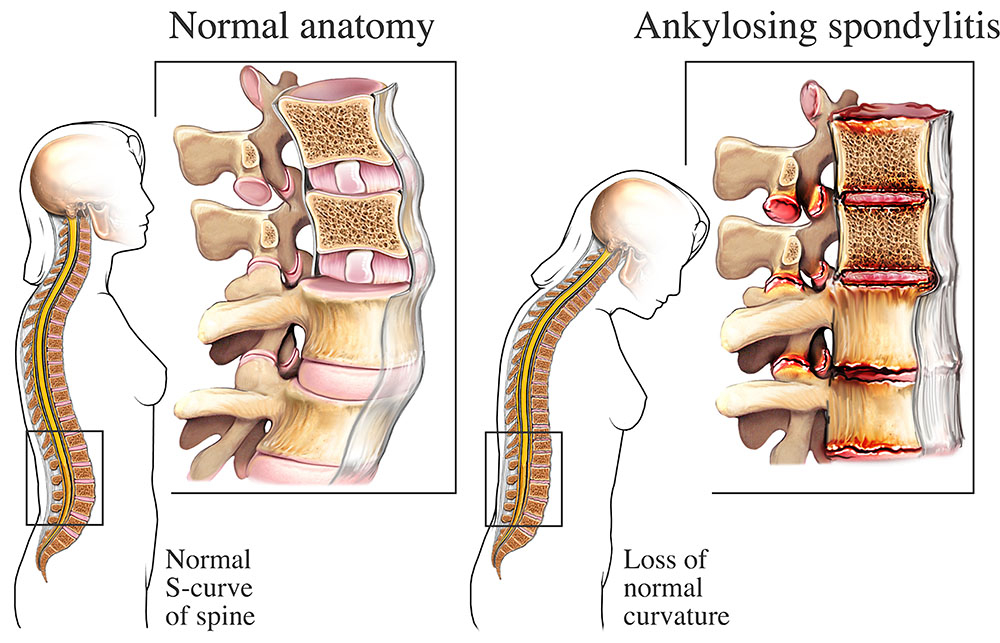In the vast landscape of neuroscience, sometimes the most revealing signals hide in plain sight. Imagine a child reaching out to grasp a toy—a simple, everyday motion. Now imagine that this small movement could hold the key to understanding one of the most complex neurodevelopmental conditions of our time: autism spectrum disorder (ASD). Thanks to groundbreaking research from York University, that possibility is closer than ever.
A New Lens on Autism Diagnosis
Autism spectrum disorder, a condition marked by challenges in social interaction, communication, and often accompanied by repetitive behaviors and motor differences, currently affects approximately one in 50 Canadian children. While early intervention is widely regarded as one of the most effective ways to support individuals with ASD, diagnosing the condition early remains a daunting challenge. That’s where a team of researchers from York University, in collaboration with international partners, have stepped in with an innovative approach: analyzing how people grasp.
Published in the peer-reviewed journal Autism Research, the study breaks new ground by focusing on a facet of autism that is often overlooked in clinical settings—subtle motor differences. Specifically, it zeroes in on the delicate, natural hand movements people use when picking up objects, and leverages the power of machine learning to identify key patterns in these movements that differ between autistic and non-autistic individuals.
Small Motions, Big Implications
“We’ve long known that autism doesn’t only affect social and communicative behaviors,” explains Associate Professor Erez Freud, lead author of the study from York’s Department of Psychology and the Center for Vision Research. “Motor development and control are also impacted, and these subtle differences may actually be observable much earlier than traditional behavioral markers used in diagnosis.”
Freud and his team designed an experiment that was as elegant as it was insightful. Young adult participants, both autistic and non-autistic, were asked to perform a precision grasping task. Using their thumbs and index fingers—each fitted with precise motion-tracking markers—they picked up blocks of various sizes, moved them, and placed them back. It was a task that mimicked ordinary, everyday hand use, but captured with extraordinary technological detail.
Then came the twist: the researchers fed the resulting movement data into machine learning algorithms trained to recognize patterns in the kinematic properties of the hand movements. The results were striking.
“Our models achieved classification accuracy of around 85 percent,” says Freud. “That’s a powerful indication that motor behavior—particularly finger movement in a controlled task—could serve as a reliable marker for autism.”
Cracking the Motor Code
While many diagnostic protocols for autism focus on language development, eye contact, and social behavior, this study emphasizes that motor behavior may offer a complementary—and in some cases, earlier—route to diagnosis. These subtle motor abnormalities, which often emerge in infancy or toddlerhood, have long been documented anecdotally but rarely systematized in clinical practice.
“There’s a bias in the diagnostic process toward observing social and communicative behaviors, which usually emerge later in development,” explains Professor Batsheva Hadad of the University of Haifa, an autism researcher and key collaborator on the project. “But motor signs are often present in the very first months of life. Tapping into that could revolutionize how and when we diagnose autism.”
What sets this study apart is its use of “naturalistic” tasks—ones that mirror real-life movements rather than artificially constructed lab tests. This approach not only makes the test more accessible but also better reflects the motor skills that children and adults use daily.
In this study, the researchers deliberately worked with young adults who had matched IQs and cognitive abilities to eliminate developmental delays as a variable. The clear separation in motor patterns between the two groups, despite these matched baselines, suggests that the differences are intrinsic to autism itself, not simply a byproduct of cognitive delays or coordination issues.
Machine Learning as a Diagnostic Ally
The era of AI is transforming medicine, and neuroscience is no exception. The machine learning models used in this study were not fed preconceived ideas about what autism “should” look like in terms of motion. Instead, they were trained to find distinguishing features on their own from vast datasets of finger movements, angular velocities, and trajectory patterns.
“It’s not just that autistic participants moved differently,” Freud explains. “It’s how they moved—the timing, the smoothness of the motion, the synchrony of finger movements—all of these subtle kinematic features formed a kind of neurological fingerprint that the algorithm could recognize.”
The result is a system that doesn’t rely on subjective interpretation but instead quantifies real, measurable differences in motor control. It also opens the door to developing automated, scalable tools that could be implemented far more widely than the traditional, often costly, diagnostic processes that require long wait times and specialized clinicians.
Beyond Diagnosis: The Power of Early Intervention
One of the most compelling aspects of this research is its potential to shift the timeline of diagnosis. Currently, many children don’t receive an autism diagnosis until they are four or older—by which point key developmental windows for intervention may already be closing.
But if subtle differences in motor behavior could be detected even earlier, perhaps as young as 12 to 18 months, this could empower clinicians and parents alike to begin supportive therapies during a much more plastic stage of brain development.
“The earlier we can start helping children with autism, the better their long-term outcomes tend to be,” says Hadad. “Motor-based screening tools may help us catch those who might otherwise slip through the cracks.”
Moreover, such tools could be deployed in community clinics, daycares, or even at home using simple motion-tracking devices or smartphone-based technology, making screening far more accessible to under-resourced communities.
A New Frontier for Autism Science
This study is part of a larger shift in how scientists understand autism—not as a monolithic condition but as a spectrum with diverse neurological signatures. The inclusion of motor features in the diagnostic conversation could help create a more nuanced, holistic view of autism, recognizing that challenges in movement, coordination, and sensory processing are often just as central to the autistic experience as social difficulties.
It also underscores the importance of interdisciplinary collaboration. This research brings together psychologists, neuroscientists, engineers, and AI experts across countries and institutions. The outcome is more than a study—it’s a prototype for how future diagnostics might work: data-driven, accessible, and grounded in the lived realities of those with autism.
Looking Ahead: The Future of Motion-Based Diagnosis
As Freud and his team continue their work, they are exploring how similar methods might be used with younger children and infants. The ultimate goal is to develop a simple, fast, and reliable tool that could be used during pediatric check-ups, offering an early red flag for autism without the need for expensive or invasive testing.
“Imagine a world where a toddler’s grasp of a rattle could tell us something meaningful about their brain development,” Freud muses. “That’s not science fiction anymore—that’s the path we’re on.”
Of course, such a tool would not replace existing diagnostic methods but complement them—adding a powerful new dimension to how clinicians understand and support neurodiverse individuals.
A Movement Toward Inclusion
While the study focuses on early detection, it also invites a broader conversation about how society perceives autism. Too often, diagnosis is framed purely in terms of deficits. But as studies like this show, the differences in how autistic people move, think, and interact with the world are not flaws—they are reflections of a different neurological architecture.
In recognizing these differences early, we not only improve outcomes—we affirm the dignity and worth of autistic individuals at every stage of life.
As researchers delve deeper into the rhythms of motion and the whispers of neurons, they are finding that even the smallest gestures can speak volumes. The simple act of grasping, often taken for granted, may prove to be one of our most eloquent indicators of brain development—and a powerful new tool in our quest to understand the human mind.
Reference: Erez Freud et al, Effective Autism Classification Through Grasping Kinematics, Autism Research (2025). DOI: 10.1002/aur.70049






